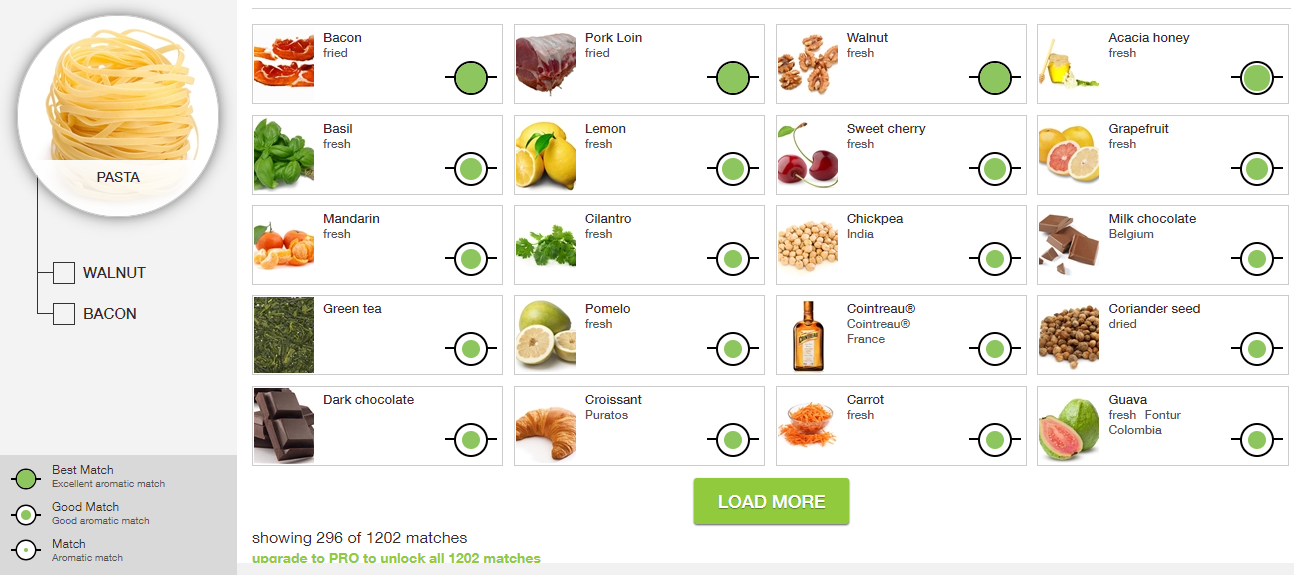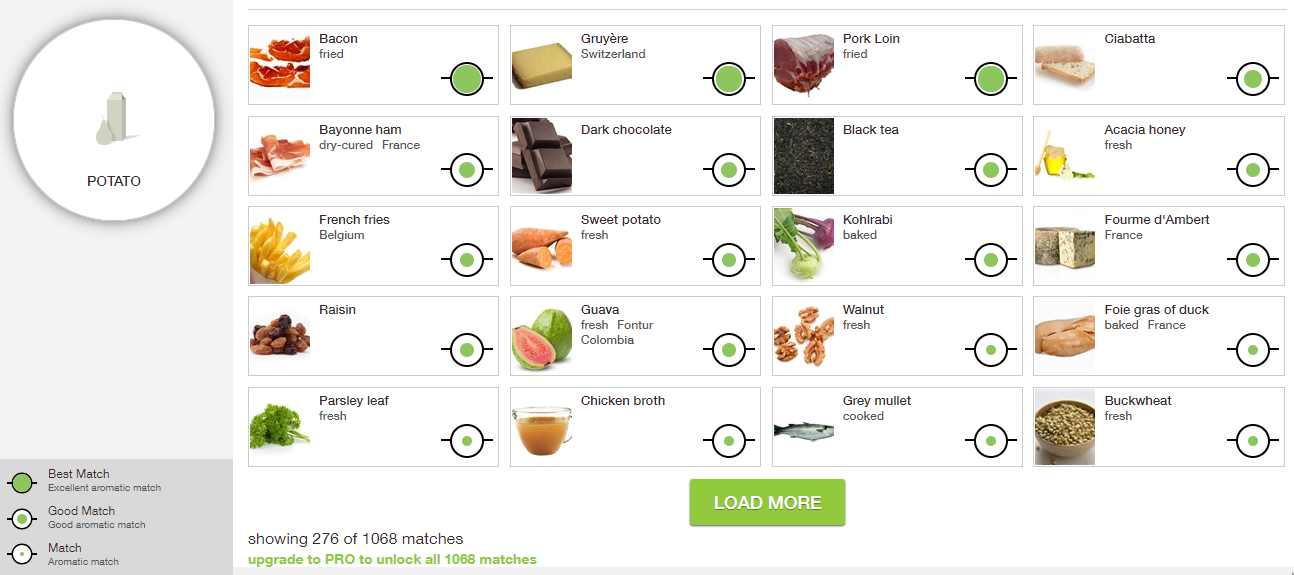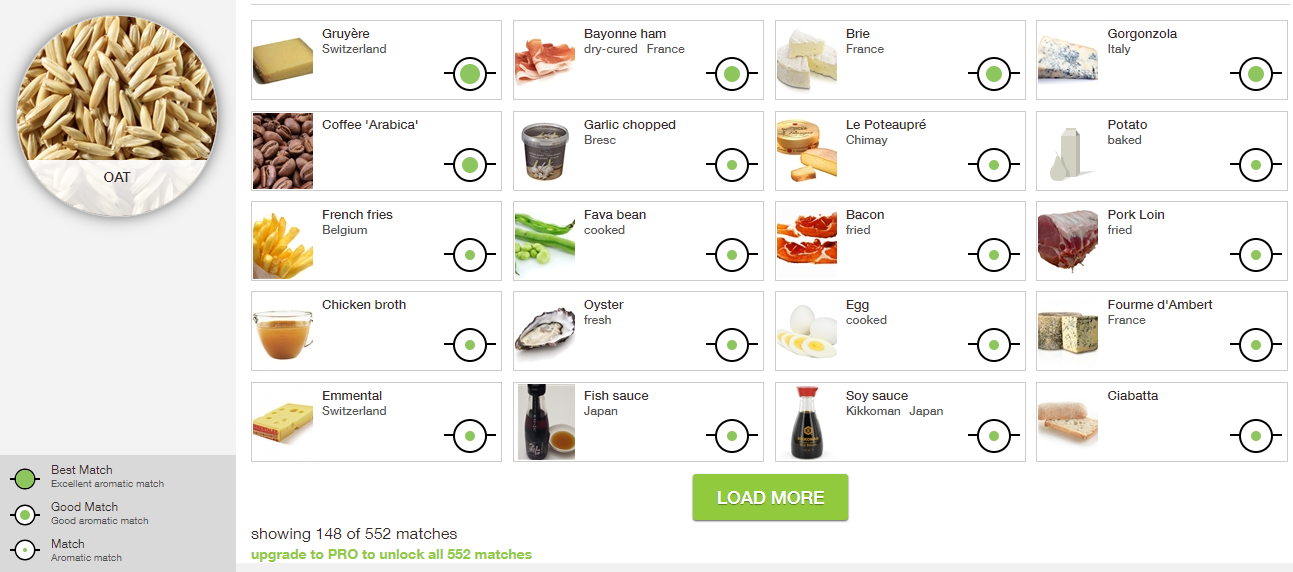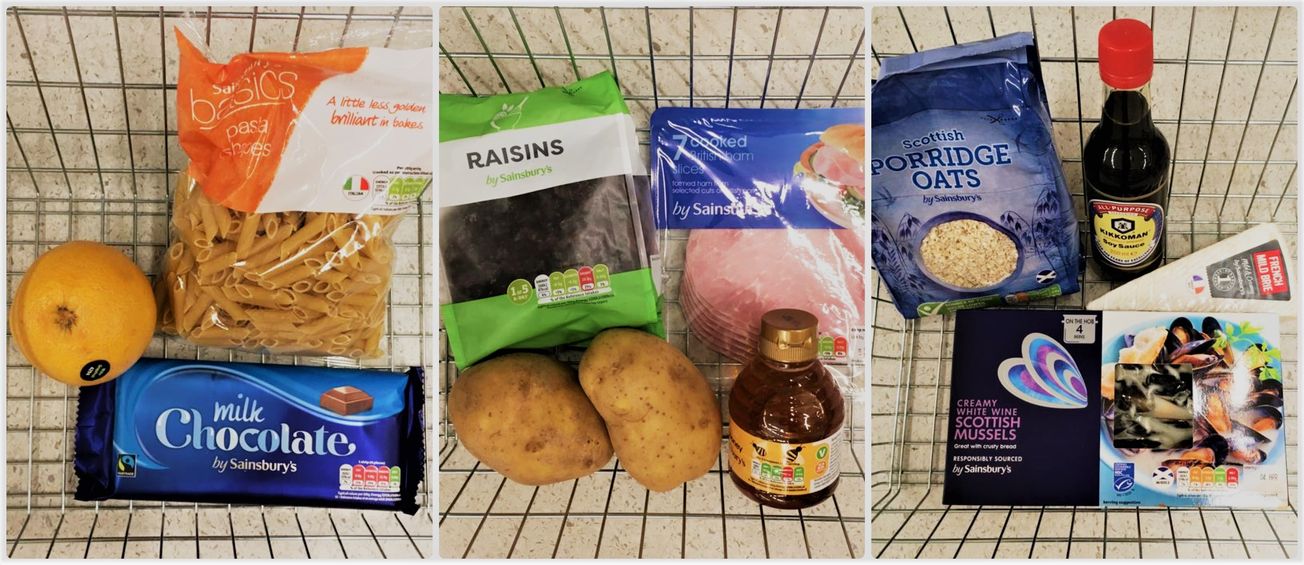By Vilhelmiina Haavisto, Deputy Science and Technology Editor
Looking for a little more adventure in the kitchen? An algorithm might be able to help you pair ingredients and upgrade your meals…
The student budget can sometimes be a little unforgiving when it comes to food - pair this with a lack of time (and possibly of creativity), and meals can quickly become a chore. However, there may be an easy, analytical way of creating new and exciting dishes.
The Belgian company Foodpairing deal in the realm of computational gastronomy. They state that “years of research” have culminated in the conclusion that foods that share similar “key aroma” profiles are likely to pair well in recipes. These key aromas are chemicals released from foods that produce aromas, or flavours, when detected by receptors in the nose and mouth.
Strawberries are just one example. According to Foodpairing, their key aromas are roasted, cheesy, and citrus, which link them well to chocolate, parmesan, and basil, respectively. Foodpairing have calculated thousands of aroma pairings such as these using data analysis and machine learning algorithms. The algorithms are fed with large-scale data sets of aroma profiles from foods and drinks calculated using gas chromatography-coupled mass spectrometry (GC-MS), an analytical method used to identify multiple substances within a test sample, in this case of food or drink.
Computational gastronomy has largely been confined to the world of haute cuisine, but students, worry not - pairings can be made no matter the starting ingredients. Foodpairing has partnered with companies like Kraft and Nestlé, and some of their tech is even accessible to the public. Below are just a few combinations that I worked out using Foodpairing’s online pairing tool and student-friendly starting ingredients. The free version of the tool is limited to 50 foods and 50 drinks, but I did what I could with them.
Ingredient 1 - Pasta

Graphic by Vilhelmiina Haavisto
Ah, pasta - the beloved, versatile student staple, the delicious carbohydrate base of so many lunches and dinners. There are a number of givens in the top matches: bacon, lemon and basil are all pasta dish standards. Walnut and bacon especially caught my eye as a pairing with potential. However, acacia honey, sweet cherry, grapefruit and milk chocolate are just a few of the oddballs. Maybe desert pasta is the next über-trendy food, the next cronut - or maybe not. Only somebody brave enough to try it will know.
Ingredient #2 - Baked potato

Graphic by Vilhelmiina Haavisto
If you eat baked potatoes on the regular, you may find yourself growing tired of the rotation of toppings, whatever yours may be. Already on this second starting ingredient, the limited number of foods in the free version is becoming obvious. Though there are quite a few ingredients we’ve met already, some of them are still pretty surprising potato-pairings - acacia honey, guava, and dark chocolate, to name just a few. Again, the highest matches are pretty unsurprising, but it’s on the second page of results where things get a little more interesting, where foods like cranberries, gingerbread, and bone marrow pop up. If anybody reading this tries a baked potato topped with ham, raisins and a honey sauce, please let me know your thoughts.
Ingredient #3 - Oats

Graphic by Vilhelmiina Haavisto
Oatmeal is an incredibly easy and economical breakfast idea, but I have to say that I was a little upset by its top aroma matches; lots of cheeses, ham, fish sauce and french fries, to name just a few offenders. Then again, it’s probably just a case of other ingredients that normally go on my morning oatmeal (banana, peanut butter, apple, blueberry jam…) not being included in the limited ingredient set. However, virtually all the available and palatable oatmeal toppings are way lower down in the match hierarchy than I think they should be. It might also be the case that the aromas in raw oats are different to those we’re used to getting from cooked oats, but I’m not entirely convinced. This really goes to show that matching aroma profiles are by no means everything when it comes to food pairing.
Final Verdict
Indeed, the science directors at Foodpairing have acknowledged that chefs and home cooks alike have used intuition and trial-and-error to make their dishes before anybody even knew about volatiles, let alone used algorithms to make matches. What’s more, an experiment designed to put the pairings suggested by Foodpairing to the test found that those with more aromas in common were not perceived to taste better than those with less overlap. The celebrated chef Heston Blumenthal has also remarked that “a molecule database is neither a shortcut to successful flavor combining nor a failsafe way of doing it...two ingredients having a compound [out of thousands] in common is a slender justification for compatibility.”
Moreover, research from 2011 compared North American and East Asian key ingredients, and concluded that pairing based on aroma similarity is a largely Western practice, while East Asian cuisine tends to pair ingredients with dissimilar aromas. This phenomenon has also been observed between Western and Indian cuisines. Perhaps, then, we should be looking to the least-matching combinations that tools like Foodpairing deliver for the best results?
There is also evidence to suggest that the order in which ingredients are perceived differently when consumed in different orders, and when associated with different colours. The reasons why food tastes the way it does are far more complex, it seems, than computational gastronomists want to believe. Tools like Foodpairing might be good starting points for generating ideas for new and surprising flavour combinations, but as we have seen, we should take everything they spit out with a grain of salt.







